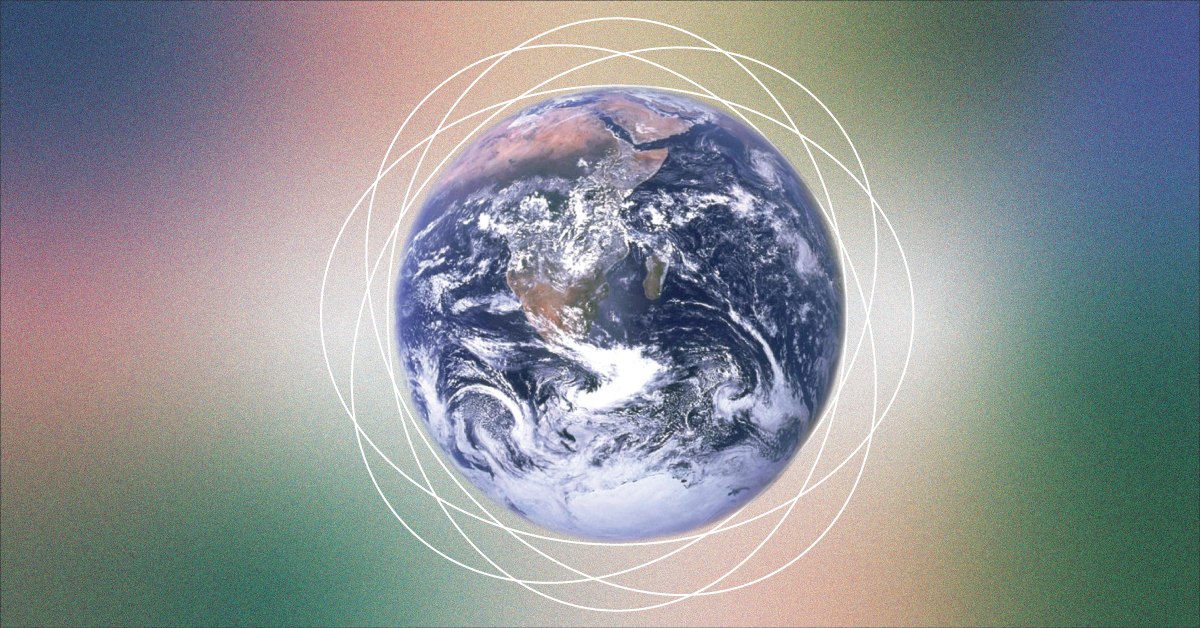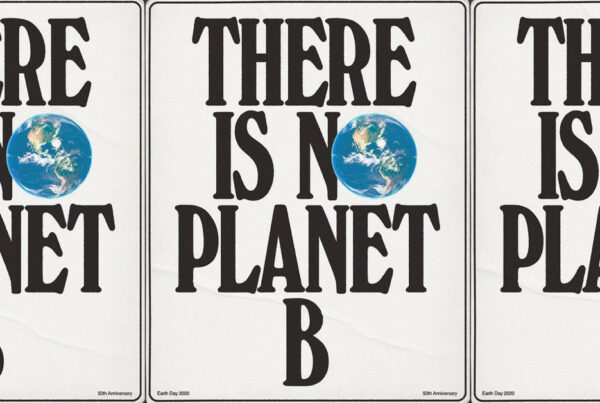Technology That Will Help Save the Planet
We get it- our phones are listening to us, social media mines us for data, and it’s only a matter of time before artificial intelligence (AI) technology will take over the world. I’ve skipped through the psychellic montages of 2001: Space Odyssey enough times to know that some technologies are not our friend. But as it turns out, us humans, all 7.8 billion of us cute meat sacks, have brought about our own demise much better than Hal ever could. Not to brag but we’ve really thrown the robot armies for a loop. They won’t be able to take over the world because we’re actively killing the world and it will be long dead before they’ve advanced enough to steal it. Ha! Go team!
In all seriousness, climate change is very real. Between deforestation, ocean acidification, and climbing temperatures, we are all living in a time where the effects of global warming are showing themselves to us. Technology has always been a force for progress, from the Industrial Age to the Internet boom of the late nineties. In many ways, the increase in technology has directly contributed to global warming, with the growing emissions of greenhouse gases and mass consumption of goods. In the last couple years though, technology has shown us another side to the coin, a more hopeful side. Mass tech companies are now using their power for good. So put the science fiction tropes to the side for a moment and I’ll walk you through how technology might just save the world instead of taking it over (because you can’t have world dominance without a world).
Four New Technologies That Could Save Our Planet:
1. Plant-Based Plastic
I’m sure you’ve been aware of the fight to end single-use plastics. Or at least you’ve noticed that Starbucks changed its lids. Limiting our plastic use would also limit the severe environmental implications that come with it, from the deaths of marine life to the acidification of our ocean. But what the heck do we use instead? Introducing Plant-Based Plastics! An Indonesian company called Avani Eco has been making bio-plastic out of cassava since 2014. How does it work? The plastic is composed from biodegradable and compostable resources so even as litter, it will break down over time. In theory, we could easily replace many of the plastic products already in circulation in grocery stores, retail stores, and restaurants.
2. Beyond Meat
Listen, I get it, I started dating a vegan and now I think I’m better than everyone. But Beyond Meat is actually a huge deal. The meat industry’s impact on global warming is enormous. In fact, the greenhouse gas emissions from the meat industry are roughly equivalent to the emissions from every car, truck, and plane in the world. That’s insane. A Beyond Burger uses significantly less water, land, energy, and generates fewer Greenhouse Gas Emissions (GHGE) than a beef burger. It also, you know, doesn’t kill animals. I’m a hesitant pescatarian at best so I’m not here to lecture anyone on that but I will say this fake meat finally tastes good. It is also widely accessible from high end restaurants to fast food restaurants like Burger King and Taco Bell. It is cheap and convenient! You don’t have to go cold turkey. I get it, I like Jersey Mike’s too and their vegetarian option is just lettuce and cheese. However, even just cutting down on your meat intake by a couple meals a week can make a huge difference in your carbon footprint.
3. Carbon Capture
Our planet is warming because there is too much carbon dioxide in the atmosphere. What if we could capture and remove it? That’s the idea behind Carbon Capture and Storage (CCS), an emerging class of technologies that is determined to capture carbon dioxide and heal our planet. Carbon Capture has three methods: re-combustion capture, post-combustion capture, and oxyfuel combustion. In all three, technology will separate carbon dioxide from other natural gases produced industrially and then store it in rock formations deep in the Earth. That’s some Journey to the Center of the Earth type witchcraft. Carbon Capture would not eliminate all emissions, rather it would reduce them in essential industries. It’s basically acting as a smoking filter if the Earth is our lungs (which it kind of is). The world’s first Carbon Capture unit is currently up in Switzerland but the US and Canada are currently working on their own models.
4. Solar Glass
We’re no stranger to solar panels. They’ve been tossed around as an alternative to fossil fuels and nuclear energy since the mid 1970s and even inspired a hippie character on The Simpsons. Solar panels are an incredible green energy source but they do have their downsides. They are expensive upfront and therefore not very accessible to most Americans, not to mention that their performance is also weather-dependent. And gosh, they are kind of ugly. Unless you’re into your roof looking like a hundred flat George Foreman Grills then, in that case, go off. But what if I told you every skyscraper in New York City could be composed of solar glass that’s nearly identical to a window pane?
A University of Michigan team is developing a solar glass product that offers 15% efficiency while still letting light through, allowing the glass to operate as a window. According to projections from Michigan State, 5 to 7 billion square meters of usable window space exists, which would be enough to power a full 40% of US energy needs. You can please your stuck up Homeowners Association and save on electricity bills in the process!
CALL TO ACTION
- Check out Alicia Briggs’s Outspoken article on sustainable holiday gifts.
- Watch Kristen Bell force-feed her kids fake burgers- and then try some yourself!
- Join or donate to Carbonfund to help fight climate change and reduce your own carbon footprint.

–Emily Powers, Content Creator






